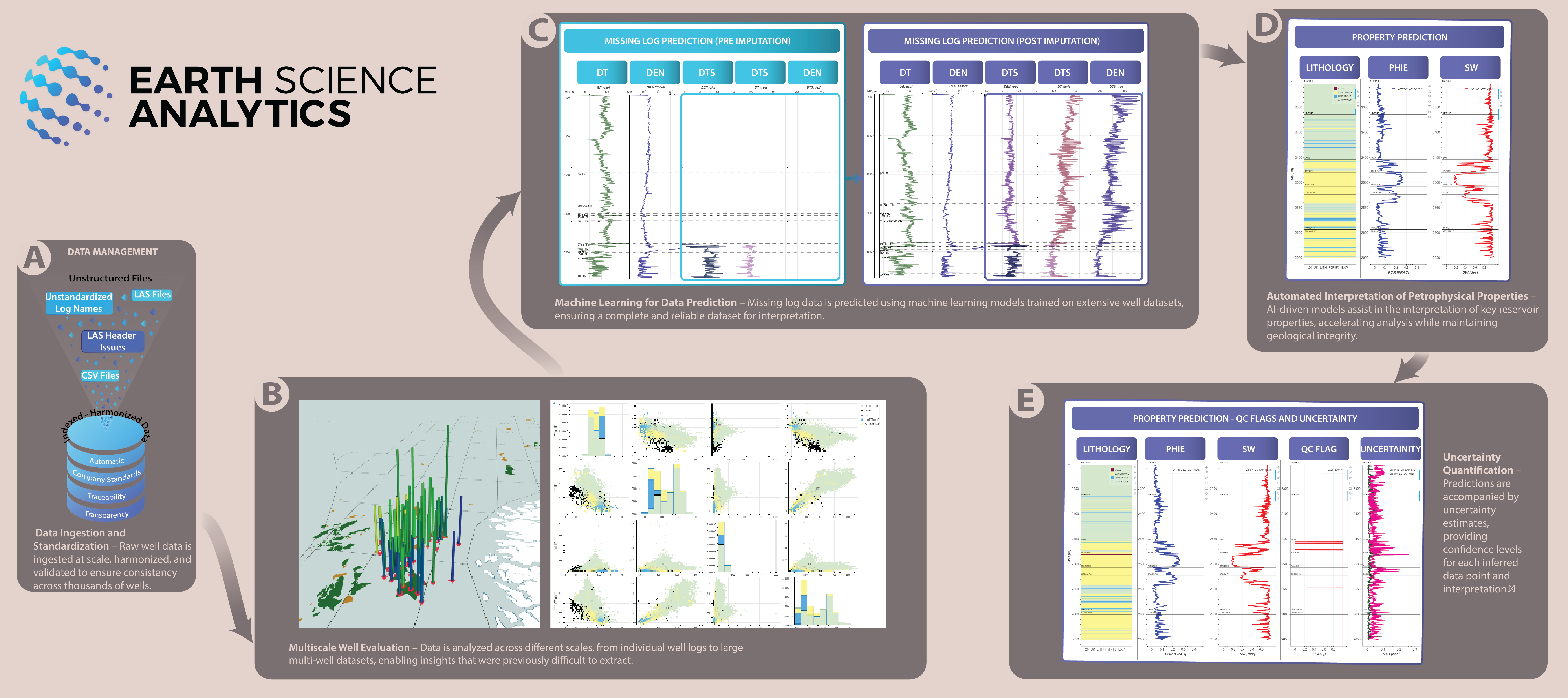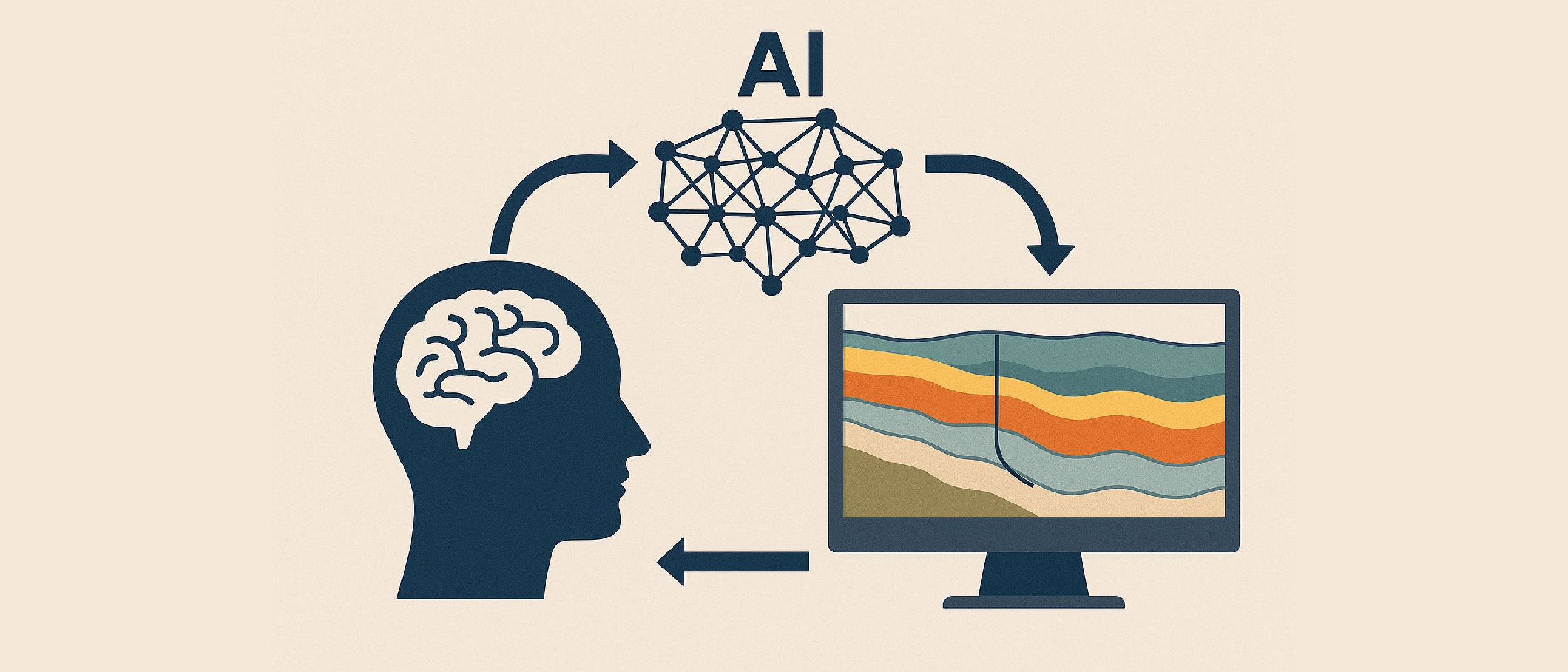The analysis of ~600 000 cutting samples is Big data work that will benefit risk evaluation, cost reduction, and hopefully, new hydrocarbon discoveries (Day 1 Program at #DIGEX2020).
In the afternoon, Jonas Torland from M Vest Energy will share the company’s experience with the implementation of digital tools. He will show examples from their work with data from the 35/9-6 S ‘Titan’ discovery drilled by RWE back in 2010, where hydrocarbons were present over a gross column of 435 m in Viking, Brent, and Dunlin Groups.
John from Aker BP will present results from their Innovation Lab. InnovationLab is a crew of several squads that each focus on creating tools, like the Oil and Gas search engine PrettyPoly, to solve real user problems and is operating within Aker BP’s digital program, Eureka!
Chris Han from Geoteric will talk about their in-house developed Foundation Network to identify faults in a seismic cube. Han will present a workflow in which an Artificial Intelligence fault attribute can be quickly derived using the Foundation Network on a 3D seismic dataset.
Steve Purves from Earth Science Analytics (ESA) will talk about AI-Assisted Hydrocarbon Exploration – a Case Study in Rock and Fluid Property Prediction at Scale. ESA uses a range of different Machine Learning techniques, drawing on both regional and local data, to arrive at both extensive seismic scale predictions and targeted reservoir level estimates within a robust framework estimation.
Aina Bugge from Lundin will talk about the use of Generative Neural Networks on Geophysical Data. With conditional Generative Adversarial Network’s (GAN) Lundin performs image to image translations on seismic images to remove bubble pulses, seismic noise, and multiples and for fault detection. Here, Bugge will present case studies from the SW Barents Sea.
See also our earlier story on Day 2 at DigEx 2020





